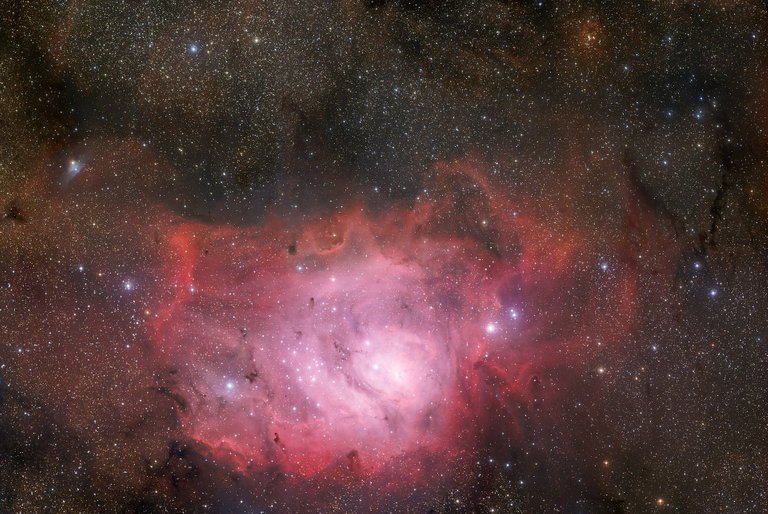The innards of the Milky Way have the remains of an ancient galaxy stuck in them. The galaxy in question was eaten by the Milky Way about 10 billion years ago and is called Heracles.

Image by WikiImages from Pixabay
- Be also sure to check out my other posts and follow me @kralizec and subscribe to my Youtube channel at Kralizec Gaming Youtube Channel
The evolutionary history of the Milky Way seems to be quite the hot topic of current astronomy. And that’s not a surprise as it is extremely fascinating. Our galaxy is like a lazy cosmic monster than time from time eats up a galaxy that enters its neighborhood and over the billions of years, it gets more and more fat. Astronomers are now trying to reconstruct Milky Way’s behavior and are slowly uncovering the remains of its ancient victims.
Danny Horta and his team from the Liverpool John Moores University (LJMU) discovered a whole fossil galaxy – or its remains – which they named Heracles. The researchers used data from the Apache Point Observatory Galactic Evolution Experiment (APOGEE) and came to the conclusion that the Heracles galaxy collided and then merged with Milky Way about 10 billion years ago.
The astronomers “dug out” the Heracles galaxy in the APOGEE data. More precisely in the near-infrared part of the spectrum that included information about more than 500.000 stars in the Milky Way. This part of the electromagnetic spectrum allows us to see through thick clouds of dust and gas than are impossible to see through in the visible part of the spectrum.
So, how exactly did the scientists do it? The researchers analyzed the chemical make-up and movement of dozens of thousands of stars. It was quite difficult, especially in the center of the Milky Way precisely because of the already mentioned clouds of dust and gas. But the experiment APOGEE cut through them like a hot knife through butter and allowed us to differentiate our native stars from the Heracles’ stars.
Horta’s steam actually discovered only a few hundred stars that came from the Heracles galaxy. But their chemical make-up and movement are so different from the surroundings stars that it is quite obvious they don’t belong. But similar remains aren’t really anything unusual as all our galaxy seems to do is to collide and merge with smaller galaxies.
What makes Heracles special is the fact that it is in the center of the Milky Way. That shows the collision and merger had to happen insanely long ago. And we also think that Heracles was quite a large galaxy with a mass of roughly one-third of the Milky Way.
Sources:
- If you like the content I’m producing about science maybe you will like the content I produce about gaming as well! Be sure to check out my other posts!
Your post has been curated by us! Received 25.00% upvote from @opb. Do consider delegate to us to help support our project.
Do join our discord channel to give us feedback, https://discord.gg/bwb2ENt
* This bot is upvoting based on the criteria : 1. Not plagiarised, 2. Persistent previous quality posts, 3. Active engagement with other usersDo upvote this commment if you 💚 our service :)
This was a pretty interesting read! I'm always left in awe at how vast this universe is!
https://d.buzz